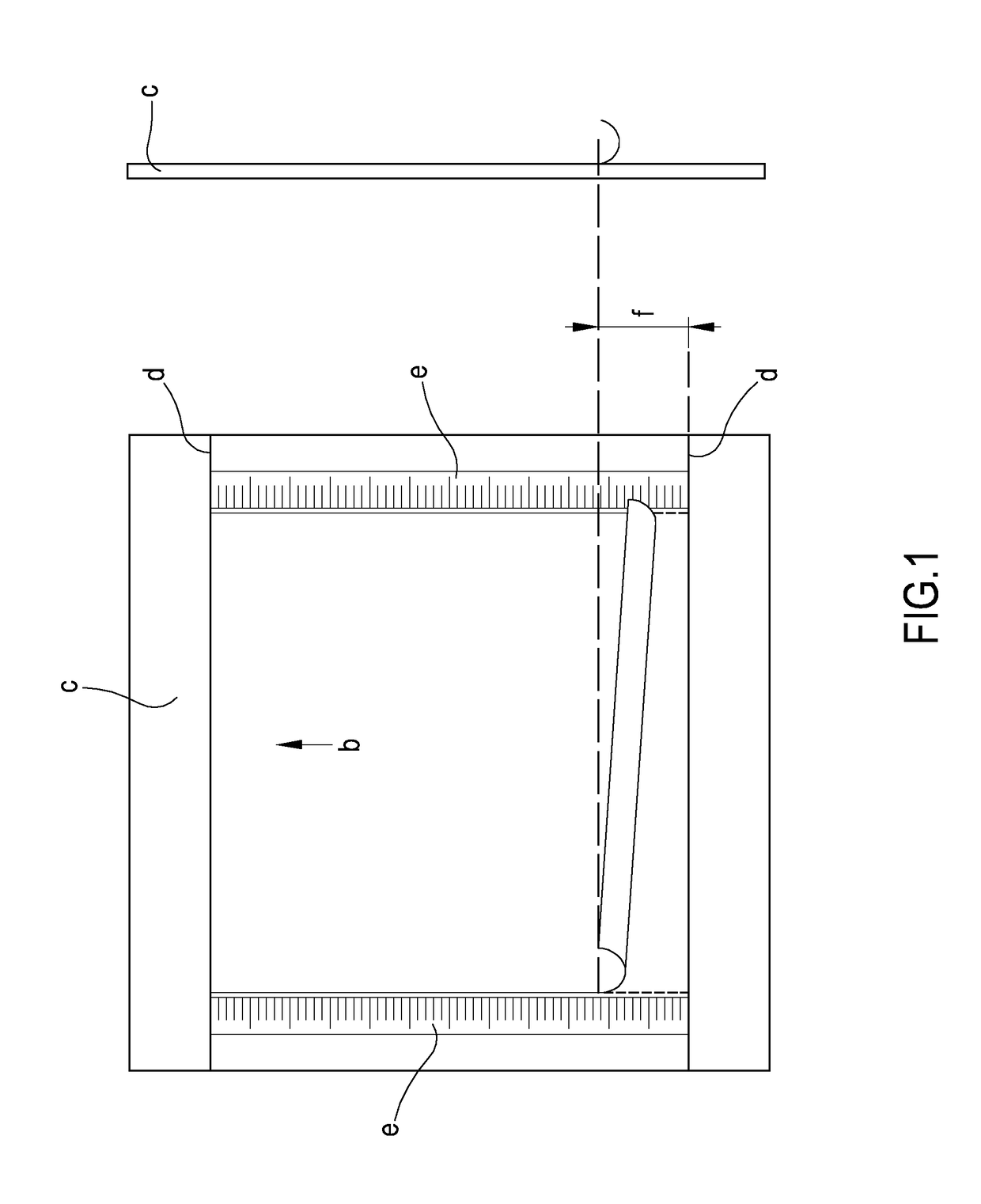Multilayer Heat Shrinkable Films
a technology of heat shrinkable films and films, applied in the field of multi-layer heat shrinkable films, can solve the problems of inconvenient packaging, inconvenient handling, and deviating from the optimal value of shrinking properties, and achieve good optical properties
- Summary
- Abstract
- Description
- Claims
- Application Information
AI Technical Summary
Benefits of technology
Problems solved by technology
Method used
Image
Examples
examples
[0308]The present invention can be further understood by reference to the following examples that are merely illustrative and are not to be interpreted as a limitation to the scope of the present invention that is defined by the appended claims.
[0309]In the following examples the polymers indicated in Table 1 below have been employed.
TABLE 1Tradename / SupplierChemical NatureAcronymProperties & ParametersAFFINITY PLPolyethylene, Very Low Den-VLDPE1Density 0.91 g / cm3 Melt Flow1845G, DOWsity Ethylene / Octene Copoly-Rate (Cond. 190° C. / 02.16 kgmer - Linear, Single Site; no(E)) 3.5 g / 10 minslip agentsAFFINITY PLPolyethylene, Very Low Den-VLDPE2Comonomer content 13%,1281G1, DOWsity Ethylene / Octene Copoly-Density 0.90 g / cm3 Melt Flowmer - Linear, Single Site; noRate (Cond. 190° C. / 02.16 kgslip agents(E)) 6.0 g / 10 min, MeltingPoint 99° C.ADMER NFMaleic Anhydride-ModifiedVLDPE-modDensity 0.91 g / cm3, Melt Flow538E, MitsuiPolyethylene, Very Low Den-Rate (Cond. 190° C. / 02.16 kgChemicalsity(E)) 4....
PUM
 Login to View More
Login to View More Abstract
Description
Claims
Application Information
 Login to View More
Login to View More - R&D
- Intellectual Property
- Life Sciences
- Materials
- Tech Scout
- Unparalleled Data Quality
- Higher Quality Content
- 60% Fewer Hallucinations
Browse by: Latest US Patents, China's latest patents, Technical Efficacy Thesaurus, Application Domain, Technology Topic, Popular Technical Reports.
© 2025 PatSnap. All rights reserved.Legal|Privacy policy|Modern Slavery Act Transparency Statement|Sitemap|About US| Contact US: help@patsnap.com


